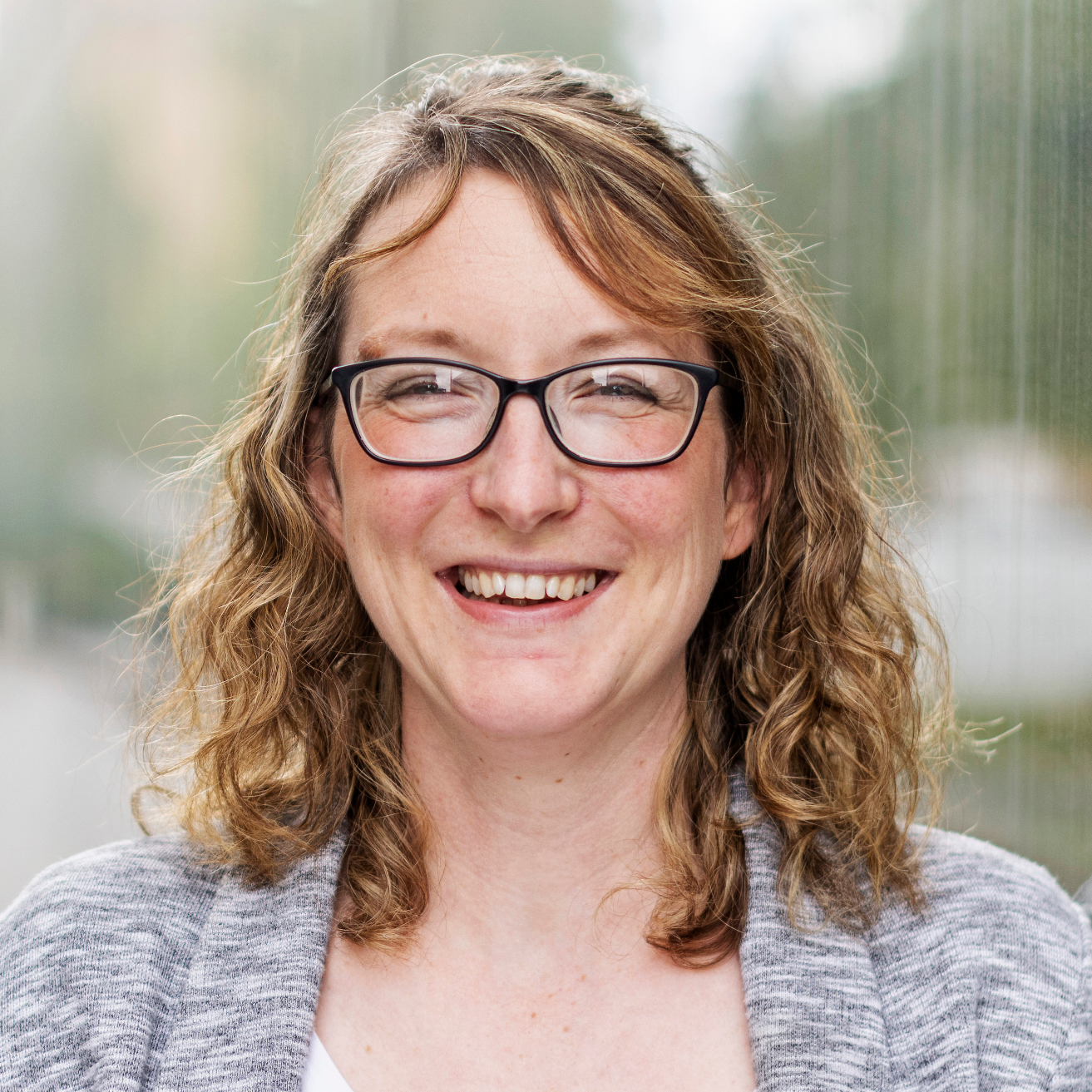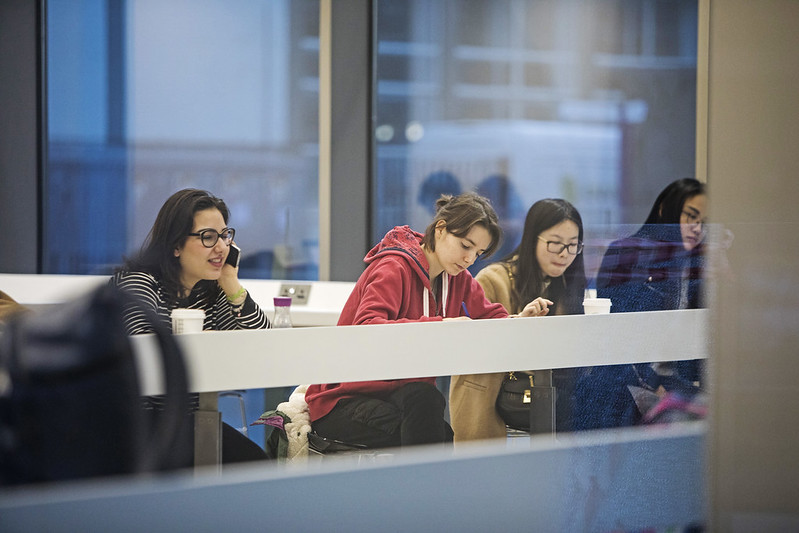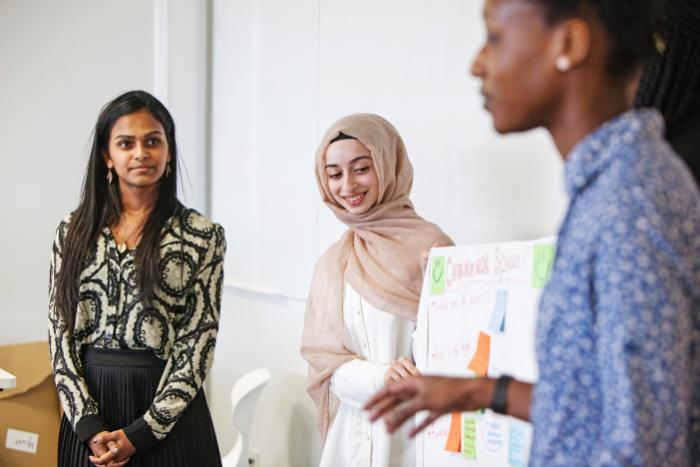How the challenge of online learning nurtured innovation in practical chemistry

When COVID-19 stopped students getting into chemistry labs, technology came to the rescue. Now, that same technology could help boost practical skills and confidence, especially in students who are the first in their family to go to university.
“Chemistry is a practical subject,” says Dr Lesley Howell, Director of Education in the School of Physical and Chemical Sciences and Queen Mary Academy Fellow. “You can’t be a chemist without doing some form of experimentation; it would be like studying medicine without seeing any patients.”
The role of practical work in chemistry education is recognised by the Royal Society of Chemistry, which accredits Queen Mary’s chemistry degrees and mandates a minimum of 300 hours of practical work for BSc students and 400 hours for MSc students. However, when COVID-19 hit, government restrictions meant students could no longer access the lab.
“That was when I became aware that the Faculty of Medicine and Dentistry was using the HoloLens 2,” says Dr Howell. The HoloLens 2 is a headset that allows the wearer to interact with the real world around them as well as with a variety of virtual pictures, videos and sounds. It also enables remote users to see and hear what the wearer is experiencing and interact with them.
Dr Howell secured Westfield funding to buy a HoloLens 2 and used it to carry out experiments in the lab, with students logging in to take part from home.
I would stand in front of the equipment and ask them questions like ‘What’s wrong with the set up of this piece of kit?’ or ‘Who can tell me what to do next?’ and I wouldn’t move on until we’d got to the right answers. Students could post questions, speak to me or even appear via video.
When the UK was in full lockdown, the whole class joined in this way. At other times, she was joined virtually by a small group, while others worked alongside her in the lab. One student who could not return to the UK from China was able to continue her studies while also working at a biotech firm. Another student with caring responsibilities could minimise the risk of bringing COVID-19 into their home by taking part in the virtual labs.
There were even students who took their practical exams via this technology: “I wore the headset and they guided me one-to-one with the same set of questions as those taking the exam in lab. They had to give me very explicit instructions and this was reflected in a very wide distribution of marks.”
When Dr Howell surveyed her students, 89% agreed the HoloLens 2 was effective for the delivery of practical chemistry and 84% said it had improved their understanding of the experiment or techniques.

The approach has also been recognised with three awards: the inaugural Pearson HE Innovate award for most innovative hybrid or blended learning project, the LearnSci Teaching Innovation Award and Queen Mary’s President and Principal’s Prize.
Based on these successes, the department has bought additional headsets and Dr Howell is working with a third year student on creating a set of augmented reality guides to help students learn practical techniques at their own pace. “The idea is that there will be time when students can use the HoloLens 2 in a staffed lab to practice and build up their skills and confidence.” If this proves successful it could be extended to help students studying physics and astronomy.
Dr Howell adds: “I think the impact on students will be immense. Fifty per cent of Queen Mary students are the first in their family to go to university. They have very little experience of what it will be like, and this quite often means they come to university with a real fear of the labs. I think this will alleviate their fears and help with that transition to university.”
The HoloLens 2 did help my understanding as I was taken step-by-step. Although I don’t think it can be a replacement for laboratories, it was a good way to do labs when we weren’t able to.— Student feedback


-400x267.jpg)
